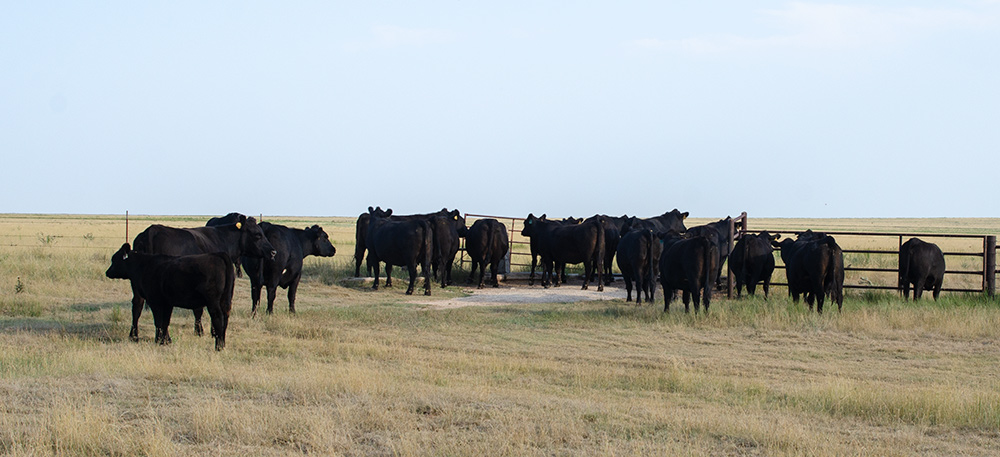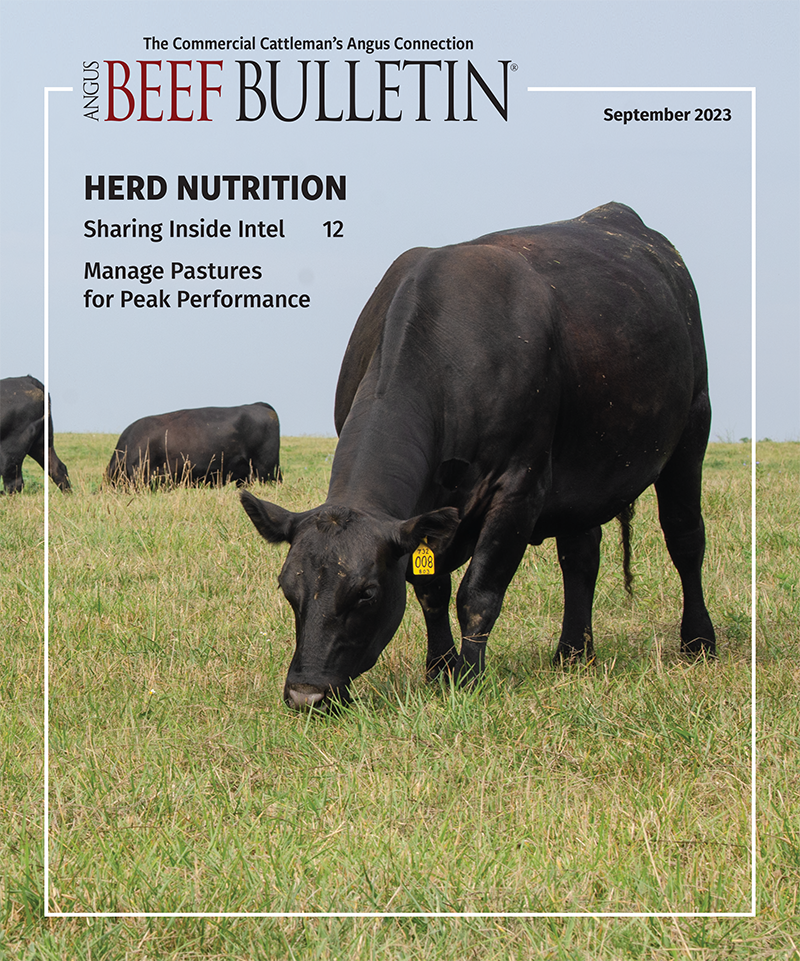
Are Worms Winning?
A majority of herds in study showed evidence of dewormer resistance.
It is impossible to know if resistant gastrointestinal parasites are present on an operation unless testing is performed. Although limitations exist, the Fecal Egg Count Reduction Test (FECRT) to assess the efficacy of parasite control programs is the only practical method of determining the presence of resistance in cattle nematodes at the farm level.
Recent research by John Gilliam, Jared Taylor and Ruth Scimeca of the Oklahoma State University (OSU) College of Veterinary Medicine has provided evidence that apparent resistance exists in Oklahoma cow-calf herds. In this small study, 13 of 16 participating herds had evidence of apparent anthelmintic resistance. Herds were included from around the state and represented a variety of grazing types and anthelmintic products (dewormers).
While the primary purpose of this study was to estimate the prevalence of anthelmintic resistance in Oklahoma beef cow-calf herds, a secondary objective was to evaluate the use of composite, or pooled, fecal samples for the detection of anthelmintic resistance at the herd level.
Pooling fecal samples simply means combining samples from a specified number of animals into a single test sample. Pooling, or composite sampling, potentially presents a more efficient way to test samples both from an economic standpoint for the producer and time inputs of both the operation and lab when compared to individual animal testing.
The composite sampling portion of the OSU study included 14 groups of cattle. The researchers reported a high level of agreement and correlation between FECR percentage based on individual samples and FECR percentage based on composite samples. The classification of a population as susceptible or resistant was consistent for all 14 groups of cattle for both sampling methods.
From the OSU study, it appears FECR testing using composite samples may present a way to reduce cost and possibly increase adoption of FECR testing for assessing dewormer effectiveness in beef operations. Only one study prior to the OSU survey had reported the results of the use of composite samples for FECR testing in cattle. That study reported positive results, as well.
That said, composite sampling is a new technique and further research is needed to ensure its validity. One important note is that individual animal samples are still submitted to the lab; and the lab, such as the Oklahoma Animal Disease Diagnostic Laboratory, creates the composite samples.
Editor’s note: Rosslyn Biggs is the OSU Extension state beef veterinarian. John Gilliam is a professor of food animal production medicine and field service at OSU. This article is reprinted with permission from the July 10, 2023, Cow-Calf Corner newsletter published by OSU Extension.



